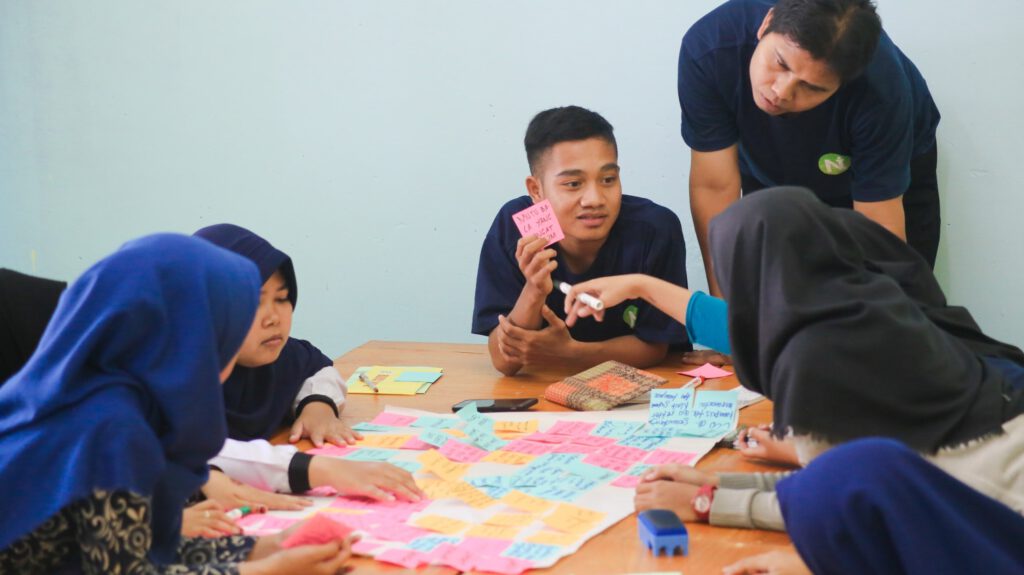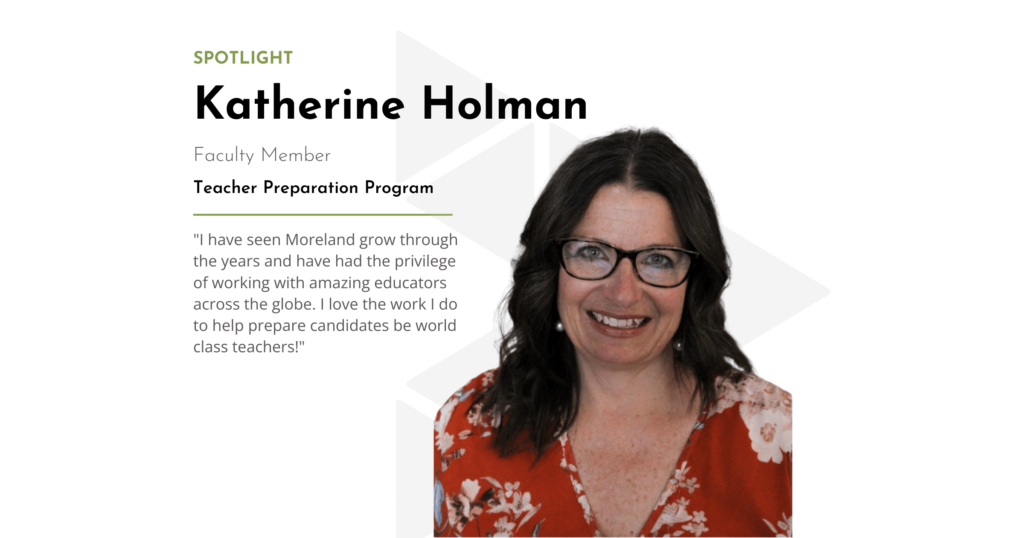Borderless Possibilities: Global Education during COVID-19 Part 2
Part two of a two-part series on global education during the COVID-19 pandemic
In the first post in this series (click here to read), I introduced a student-led global project in my AP English classroom as a means to increase engagement in an entirely online learning environment. Due to the pandemic and lack of resources, I advocated for a global project with the nonprofit organization United Planet that would connect students in my classroom with students and educators in Greenland, Iraq, Tanzania, and Iran to discuss global sustainable development. Using the platforms Moodle and Zoom, students set sustainable-development goals in collaboration with students from around the world.
In early February, students finalized and presented capstone projects. In this follow-up post, I will share student work and present some best practices in facilitating global projects in an online environment. Below is a video compilation of the experience embodying the energy of the project while showcasing both the people and the content. An important theme throughout student work and this video is that of global collaboration as students exchanged earnest sentiments about their research, the deeper meaning within their school communities, and ways to forge ahead together.
Student work on Sustainable Development: Quality Education
The focus of student work in this global project was “Quality Education.” Students worked together to create sustainable development solutions to the issues of educational inequality around the world. Below is a compilation of student capstone presentations to provide a perspective on the many issues that were addressed within this theme.
Presentation One: The Digital Divide
This first presentation concentrated on the digital divide in the midst of the pandemic. Schools already under-resourced at the start of the global transition to online learning faced the additional challenge of providing students with technology and adequate internet access to sustain an efficient virtual learning environment. Click here to access the capstone presentation.
Presentation Two: Systemic Racism in Education
This second presentation focused on systemic racism in education and its historical narrative. This group discussed tangible solutions to combat the barriers and challenges that Students of Color face and have faced in their educational journey. Click here to access the capstone presentation.
Steps to Integrate Global Education
The National Education Association acknowledges the power of global education as a means to promote international awareness, appreciation of cultural diversity, and proficiency in world languages. Given the examples of student work here and the proven benefits for students, how can teachers integrate global education in the classroom? The following steps provide a framework to begin developing global-education opportunities for students through the lens of both pedagogy and curriculum development:
-
Evaluate school resources: Recognize the resources readily available to teachers and students as a starting point. These resources may include ready-made curricula, technology, subscriptions, and even travel funds. Consider the following question: Is there a budget for tools, programs, and professional development?
-
Align to curriculum: Teachers’ passion for breaking down classroom barriers and opening up international horizons for students should connect to curriculum outcomes and student achievement. Identify the standards or student outcomes to which you should connect your global-education initiative. Consider the following question: Does your department already have a global-education curriculum that meets the content-specific needs of each subject area or grade level?
-
Do the research: Investigate organizations that have content, resources, or tools available that are standards-aligned or aligned to your school’s benchmarks. As an example, United Planet works with teachers, schools, districts within budgets from across the globe to facilitate global-education adventures. Another example is Education First, an organization that promotes study abroad and educational tours for students, families, and educators across the world. Finally, check out Project 214 to learn about my organization dedicated to providing educational resources to empower community leaders around the world to combat poverty.
-
Embrace hybrid learning: Commit to finding pathways to connect with students locally and globally through online platforms that promote collaboration and cooperative learning. These might include Moodle, Zoom, Google Classroom, Slack, and Microsoft Teams. Integrate globally accessible tools to build community and promote academic success.
-
Build buy-in: Global education takes commitment and perseverance, especially as teachers introduce new programs and projects to school leadership, students, and families. Successful global educators bring a compelling case to school leadership regarding the resources needed for unit design, technology, and travel. In addition, students should feel teachers’ excitement for global collaboration and exposure to different cultures as they explore, engage, and build mutual understanding.
Sofia Gonzalez M.Ed., M.A.



